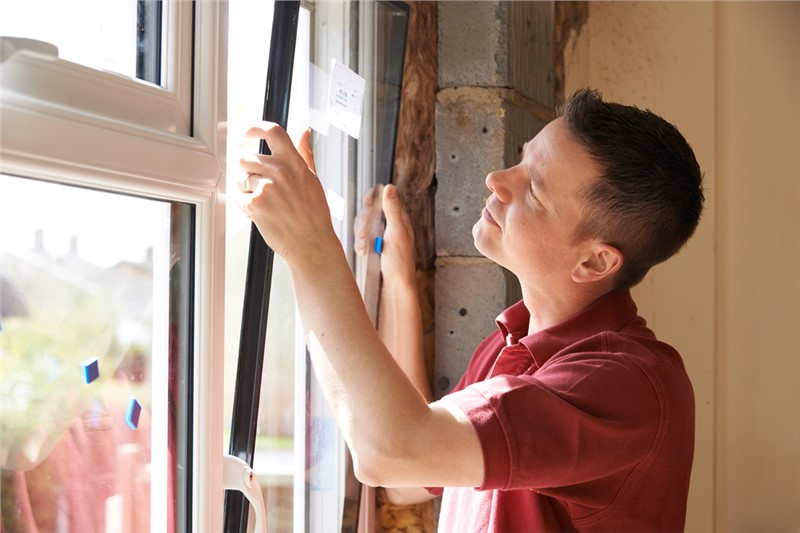
Then, just when you think you’ve chosen the right windows, you’re blind-sided by technical rating terms like U-Factor and R-Value. What does it all mean and why does this matter? It’s a good thing you asked.
U-Factor and R-Value
U-Factor and R-Value are ratings used to measure efficiency. However, these numbers can become confusing if you don’t know how to interpret them. Here’s what you really need to know about U-Factor and R-Value ratings:
· R-Values measures the efficiency of the glass center only. U-Factors considers the entire window including the frame and glass.
· In 2008 R-Value ratings were largely replaced by the U-Factor due to a new federal tax credit for windows with a U-Factor of 0.30.
· U-Values are determined by the National Fenestration Ratings Council (NFRC). When you purchase windows, settle for nothing less than NFRC ratings.
What qualifies as a good U-Factor? Lower is better with the U-Factor. For cold climates, you want a window with a U-Factor between 0.17 and 0.39. If you’re partial to traditional R-Values, higher numbers are better; look for an R-Value between 2.5 and 6.
What is the NFRC?
The National Fenestration Rating Council is a national body that sets the standard for replacement window ratings. All new windows and doors are NFRC rated in order to qualify for the Energy Star program. Each window has an NFRC sticker that displays these ratings. These ratings are important because they provide accurate information that cannot be diluted or inflated by dishonest sales tactics.
VT Rating
VT—or visible transmittance—is a measure of how much light is transmitted through the window. The higher the VT, the more light is getting in. Most people want a higher VT in order to maximize natural daylight in the home. Scores vary between 0 and 1, with double- and triple-pane windows landing between 0.30 and 0.70.
Here are some factors that affect VT Rating:
· The Thickness of the Window Frame and Sash
· Any Coating or Tint on the Glass
· Window Grids or Munitions
When comparing the VT Rating of various windows, keep the above factors in mind. First, choose the window design you want, then compare the rating of windows with like features. Otherwise, you won’t get an accurate comparison. For example, you don’t want to compare the VT score of a single-pane window that has streamlined frames and no grids with a triple-pane window that has thicker frames and grids.
Air Infiltration
Windows aren’t supposed to be drafty, but micro amounts of air can pass through a window during certain circumstances. Air infiltration or air leakage ratings provide important information in this regard. This measurement considers how many cubic feet of air can pass through the window in a minute during a constant 25 mph wind.
Although it’s highly unlikely that your home will be constantly barraged by a 25-mph wind, this measurement is an important efficiency factor. A rating below 0.30 cfm/sqft is required in order to qualify for the Energy Star program. In general, the lower the score the better.
DP Rating
Design Pressure (DP) rating measures the strength of the window. The higher the rating, the stronger the window. This measurement is important for a number of reasons. If you live in a storm-prone area, then you want a window with the highest DP rating you can afford. Typically, windows range between 15 and 50, but there are higher rated options.
Understanding the DP rating also protects you from tricky sales ploys. Just because a window frame is thicker doesn’t mean that the window is necessarily stronger. So, when discussing the strength of your window, settle for nothing less than the DP rating.
STC Rating
Sound transmission class (STC) windows are important for efficiency and sound proofing. There are standard STC rated windows for general residential areas and then there are advanced STC windows that are designed for homes in very noisy areas.
The higher the rating, the better. For example, typical single pane windows score 18-20 while double-glazed windows score 28-32. Some windows achieve a whopping STC rating of 48 which offers exceptional sound control.
Keep this one thing in mind: more windowpanes don’t necessarily mean a higher STC rating. For example, a triple pane window with thin glass will not rate higher than a double-pane window that’s specifically designed to achieve a high level of soundproofing.
It all comes down to the glass itself, not the number of panes. So, as always, look for the rating to get an accurate picture of what you’re dealing with!
CR Rating
Condensation resistance (CR) lets you know how well your windows resist condensation. This is another feature to consider when energy efficiency is priority. This rating is based on interior surface temperatures at 30%, 50%, and 70% indoor relative humidity for an outside air temperature of 0° Fahrenheit under 15 mph wind conditions.
CR can range from 1 to 100. The higher the number, the better resistance the window offers. Typically, you want a window with a CR rating that ranges between 30 and 80.
Do you need energy efficient replacement windows for you home? We can help.
Replacement windows is one of the most important investments you will make for your home and understanding these ratings will help you make the best choice possible.
At Delerio Construction, we provide high-performance windows—and we back that claim up with accurate window ratings. We also offer the professional installation you need for long-term performance and value.
Subscribe to DC Home Improvements's Blog



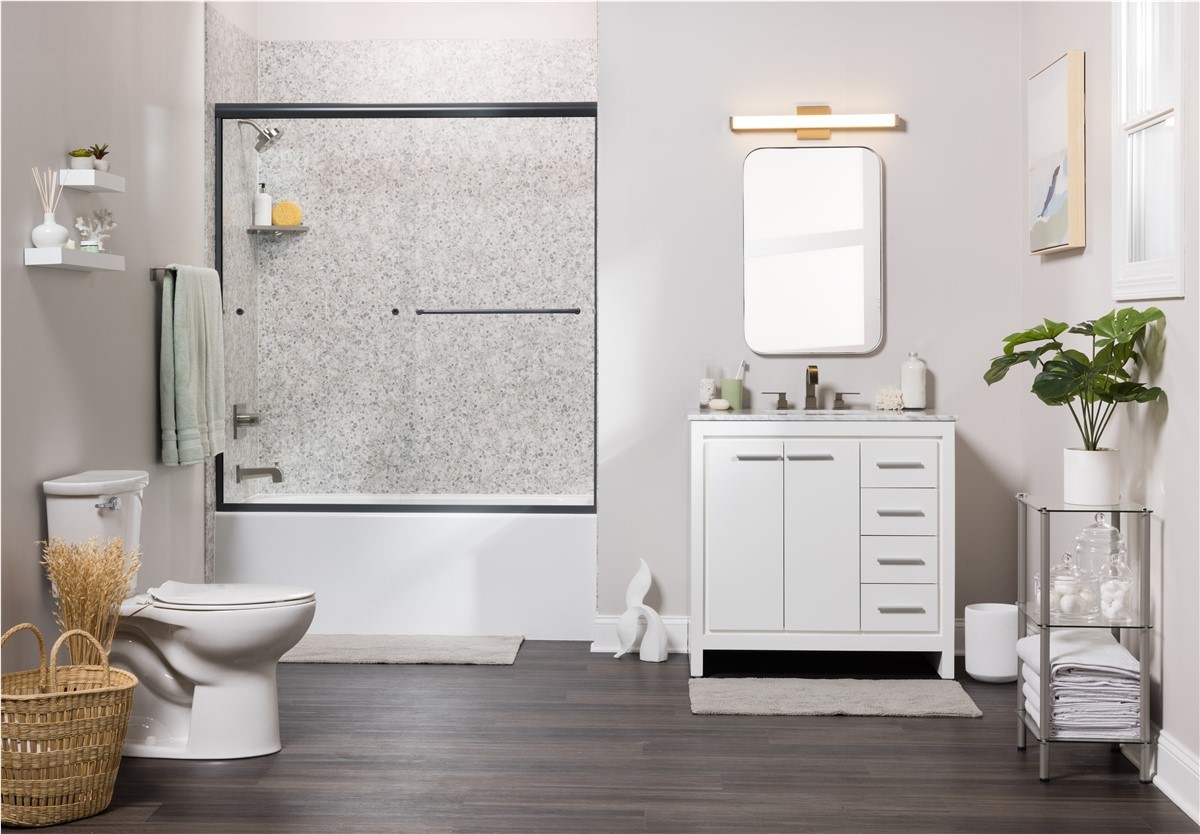
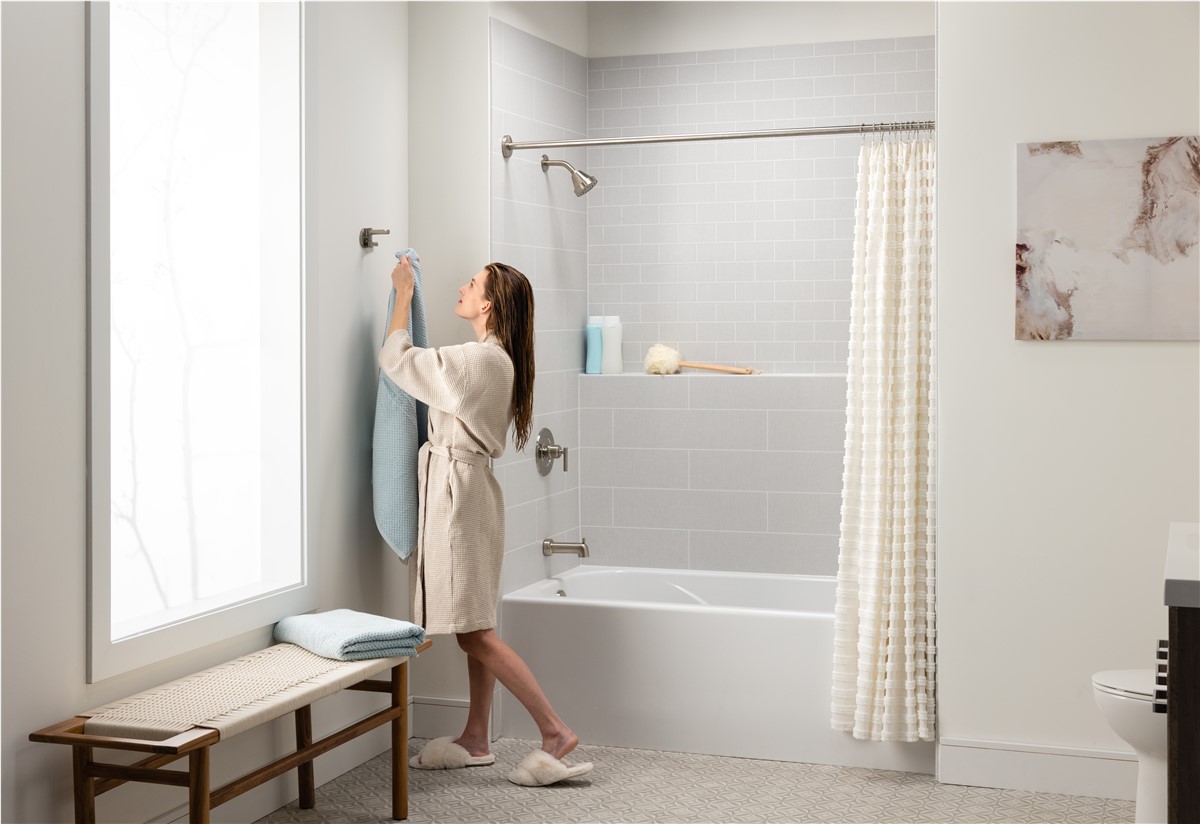
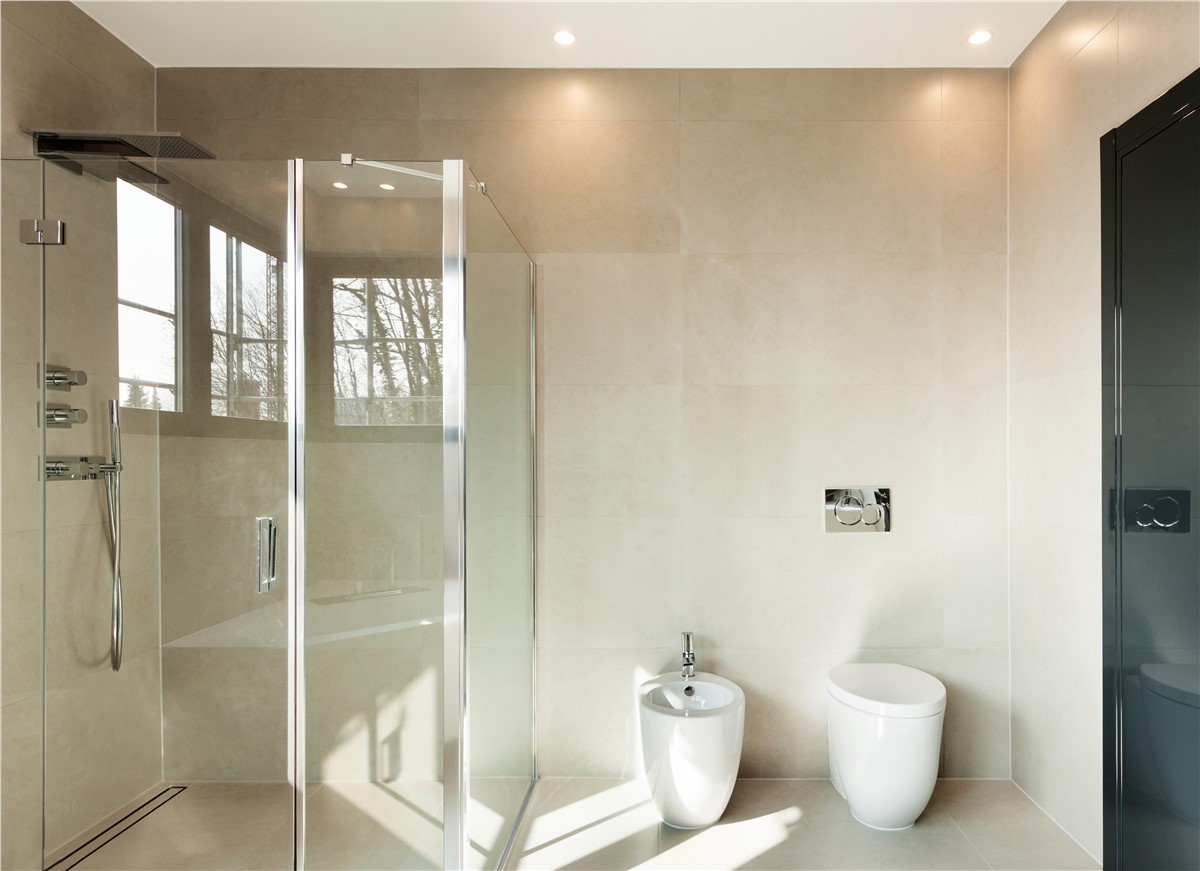
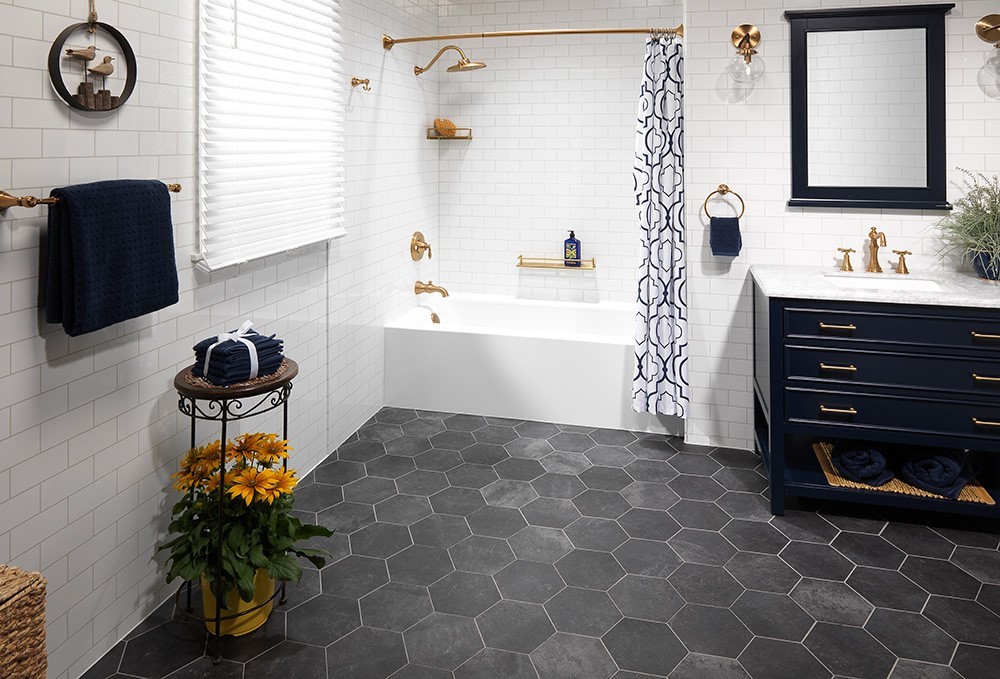
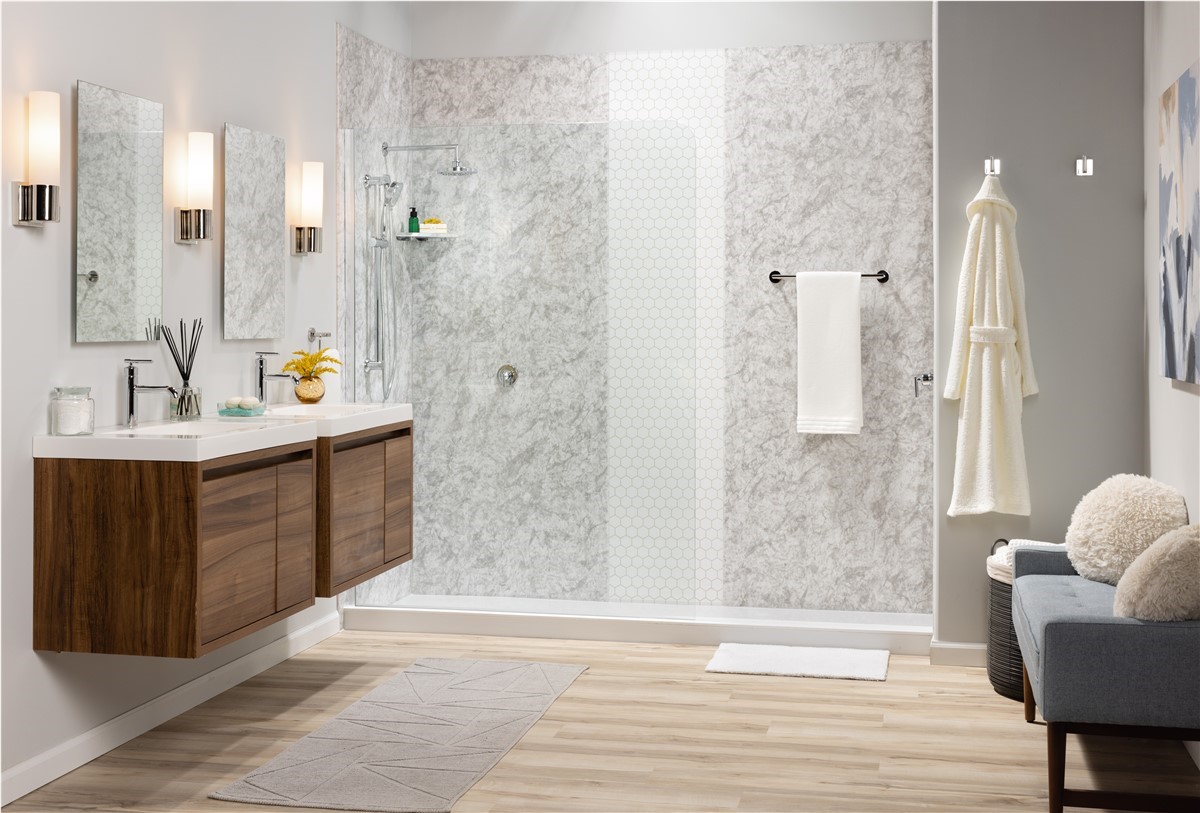

Comments